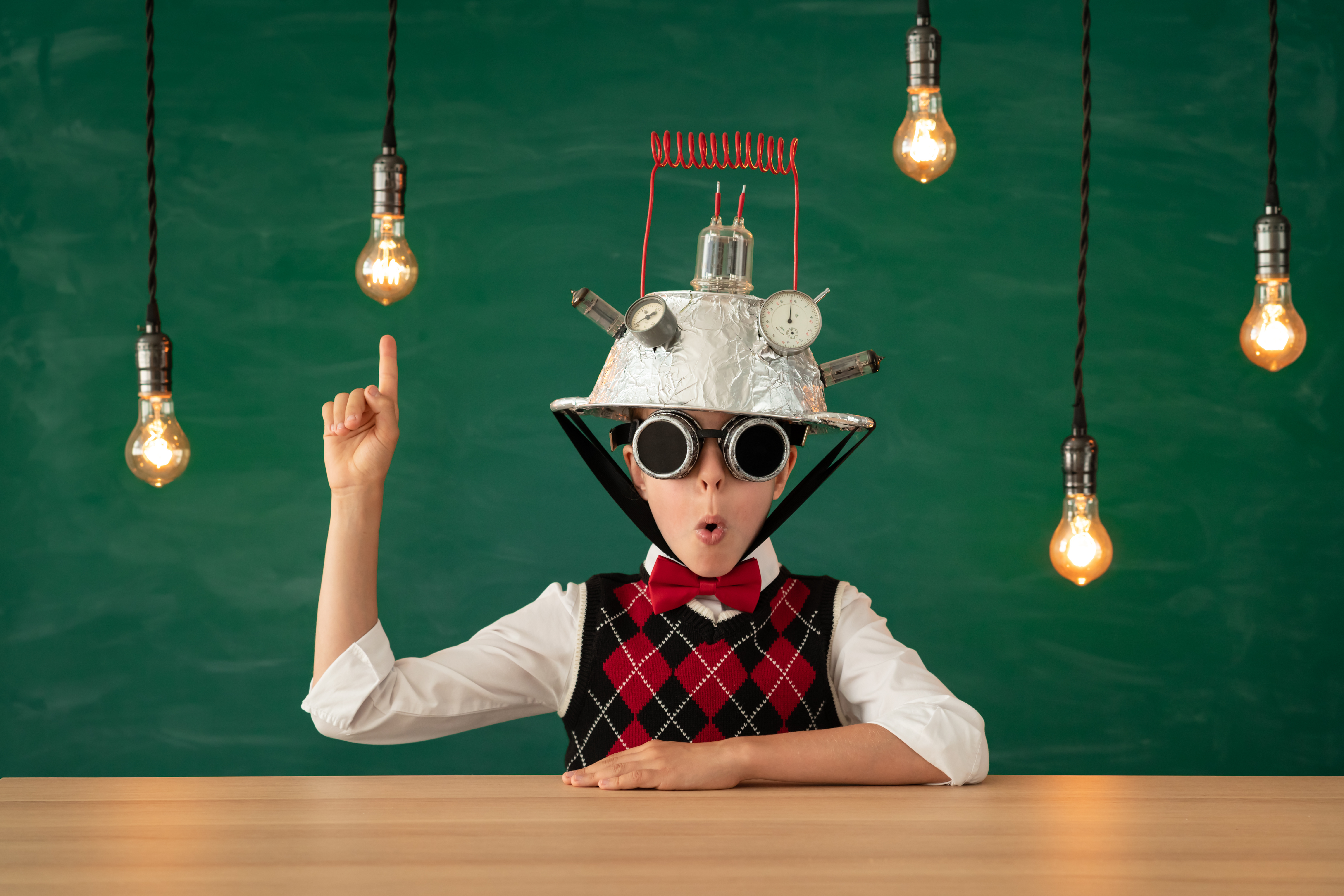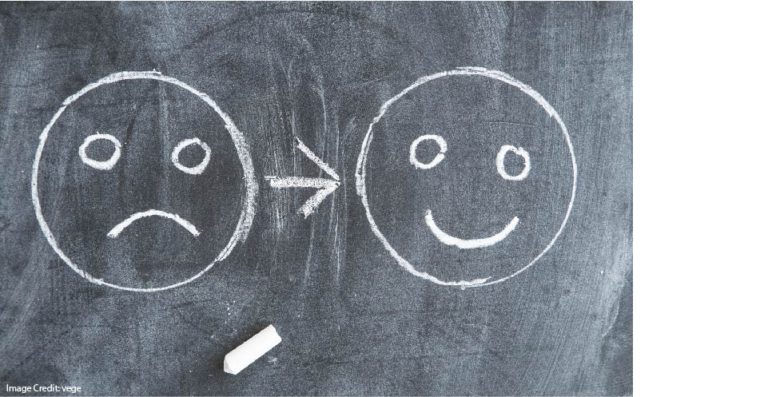Tags
ADHD adolescence attention book review boundary conditions classroom advice conference speakers constructivism/direct instruction creativity desirable difficulty development dual coding education elementary school embodied cognition emotion evolution executive function exercise experts and novices gender high school homework intelligence long-term memory math methodology middle school mindfulness Mindset motivation neuromyths neuroscience online learning parents psychology reading retrieval practice self-control skepticism sleep STEM stress technology working memoryRecent Comments
- Understanding Test Anxiety on Test Anxiety: How and When Does It Harm Students?
- A Skeptic Converted? The Benefits of Narrative |Education & Teacher Conferences on Help Me Understand: Narrative Is Better than Exposition
- Debate #4- Cell phones be banned from the classroom. | Aradhana's blog – ECI830 on Cell Phones in the Classroom: Expected (and Unexpected) Effects
- The Rare Slam Dunk? Blue Light Before Bed |Education & Teacher Conferences on “Writing By Hand Fosters Neural Connections…”
- Andrew Watson on “You Can Find Research that Proves Anything”
ABOUT THE BLOG
Tag Archives: emotion

Research Advice That’s New + Useful: Improve Learning by Reappraising...
Research benefits teachers if it gives us new, useful ideas. We can feel relief and…

Advice: It Is Better to Give than Receive
Students benefit not only from receiving advice, but also from giving it. This low cost strategy can build confidence and promote learning. Continue reading

Yes or No: “Video Games Can Promote Emotional Intelligence”?
A recent study from Italy gives us intriguing possibilities for helping adolescents manage their complex emotions. Continue reading

Teens Who Recognize Their Emotions Manage Stress Better. We Can...
New research identifies a potential source for depression in teenagers. We might be able to help… Continue reading

Handshakes at the Door: Hype, or Helpful?
It’s not just cute videos! Research also shows that greeting individual students at the classroom door leads to higher levels of attention and fewer classroom disruptions. Continue reading

Two Swings, Two Misses: The New York Times on Education
Two recent articles in the New York Times have gotten lots of teacherly attention. What’s…

This Is Your Amygdala on a Cliff…
If you’ve seen the documentary Free Solo, you know about Alex Honnold’s extraordinary attempt to climb…

The Surprising (Potential) Benefits of Stress
We’ve known for years that people listen to good news more than bad news. New research suggests, surprisingly, that stress helps us learn from the bad news as well as we learn from the good. Teachers should hope that this study will be repeated with school-aged children. Continue reading

A Hidden Adolescent Struggle: Identifying Complex Emotions
Recent research offers a helpful insight into adolescent emotion processing. Children and adults are relatively good at distinguishing among their emotions. They can say “I’m feeling angry, but not sad.” Adolescents, however, have a harder time sorting out their feelings. For them, negative emotions all churn together. Continue reading

Emotional Intelligence: Teachers’ Perspectives
The National Network of State Teachers of the Year has released a report on teaching…
